Renault applies its retro approach to new electric van
Firstly, the Estafette Concept: the electric study is intended to evoke memories of Renault’s van of the same name from 1959. There are some visual similarities, but they are not immediately obvious. The 2024 study is too streamlined for that. One thing is certain: Renault remains true to its retro course (including the electric R5 and R4) with its bright colours. Although the Estafette Concept is actually grey, it has a lemon-yellow roof.
Renault wants to turn the concept into a production model within two years – which means 2026 for the market launch. Hardly any details about the technology are known. The new FlexEVan platform from the Flexis joint venture, founded by Renault, the Volvo Group, and logistics company CMA CGM, serves as the basis for the electric van. The model is also set to become Renault’s first “Software-Defined Vehicle,” i.e. it will utilise a new electronic SDV architecture to enable new services via cloud connectivity, including greater efficiency in operation and costs. Renault expects this to “reduce cost in use by about 30%.”
The dimensions of the Estafette Concept are 4.87 x 1.92 x 2.59 metres, so the footprint is roughly the same as the Kangoo L2 (4.91 x 1.86 m), although the latter is significantly lower (1.85 m). Or the other way round: the E-Estafette is extremely high at over two and a half metres. According to Renault, the turning radius is just over ten metres.
According to the manufacturer, the total loading capacity is roughly equivalent to that of a Renault Trafic L1H2. It has a capacity of around 7.1 cubic metres. The model also has two sliding side doors that “can be opened with a single hand movement” and, instead of a tailgate, a roller blind at the rear “that rolls upwards to utilise the van’s full loading height,” the French company explains. That means no space is required at the rear for the tailgate to swing open.
Renault has designed the exterior so that “vans no longer have anonymous shapes, but are endearing and expressive,” as head designer Sandeep Bhambra puts it. It follows Renault’s approach of “humanisation,” which was introduced with the electric Renault 5. Other features include a windscreen that wraps around the A-pillar and a bright yellow cockpit with a single seat.
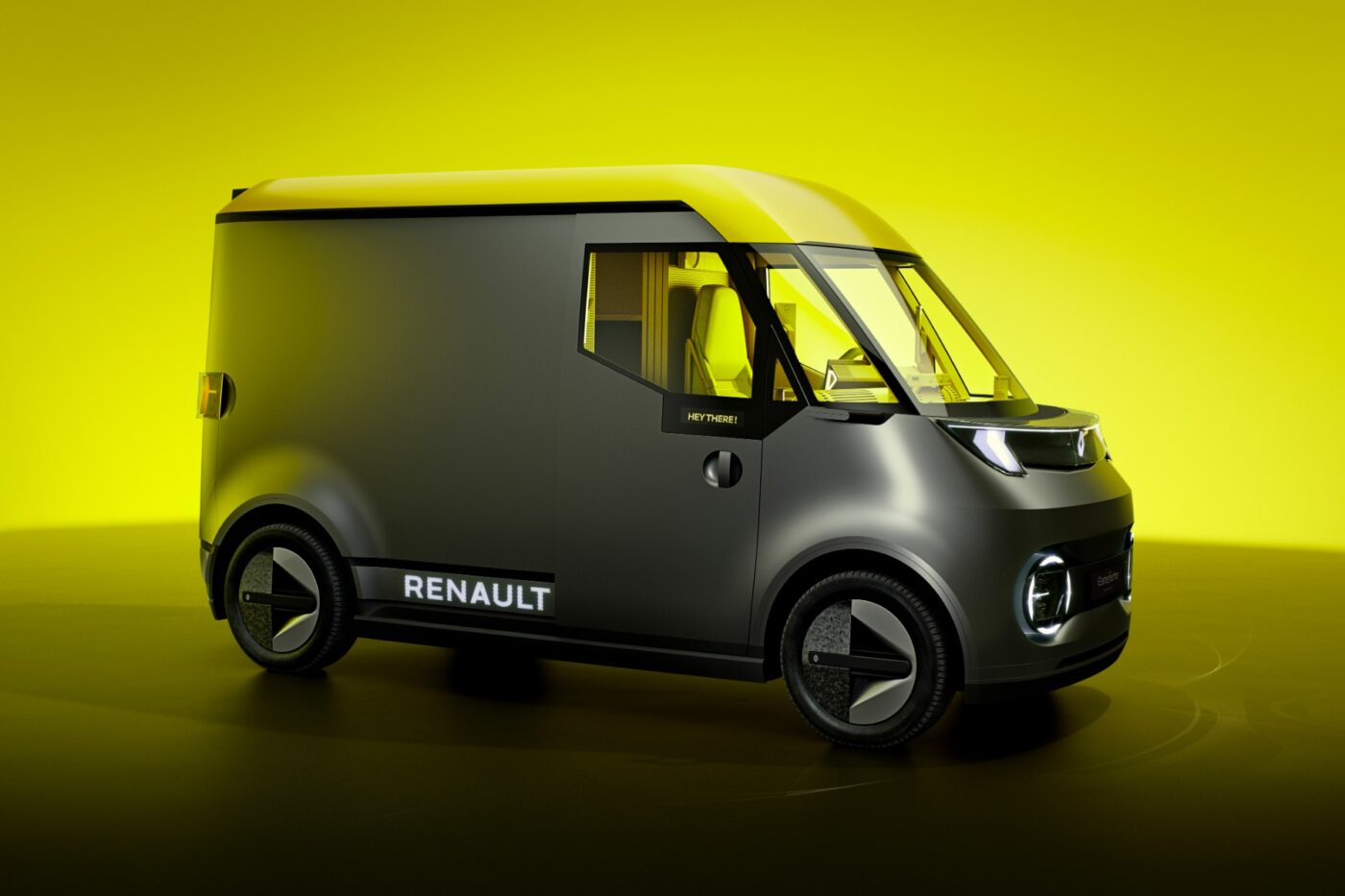
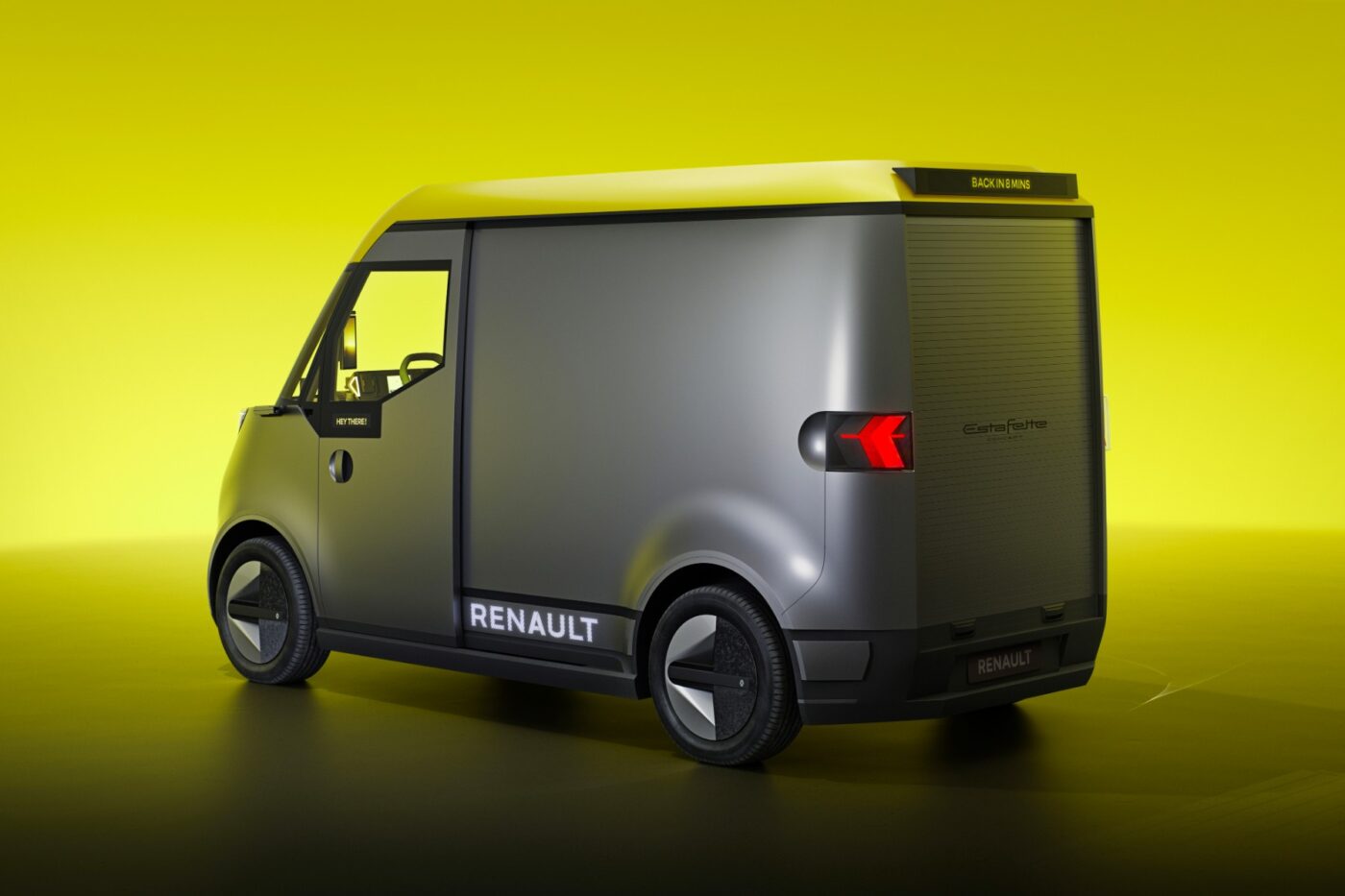
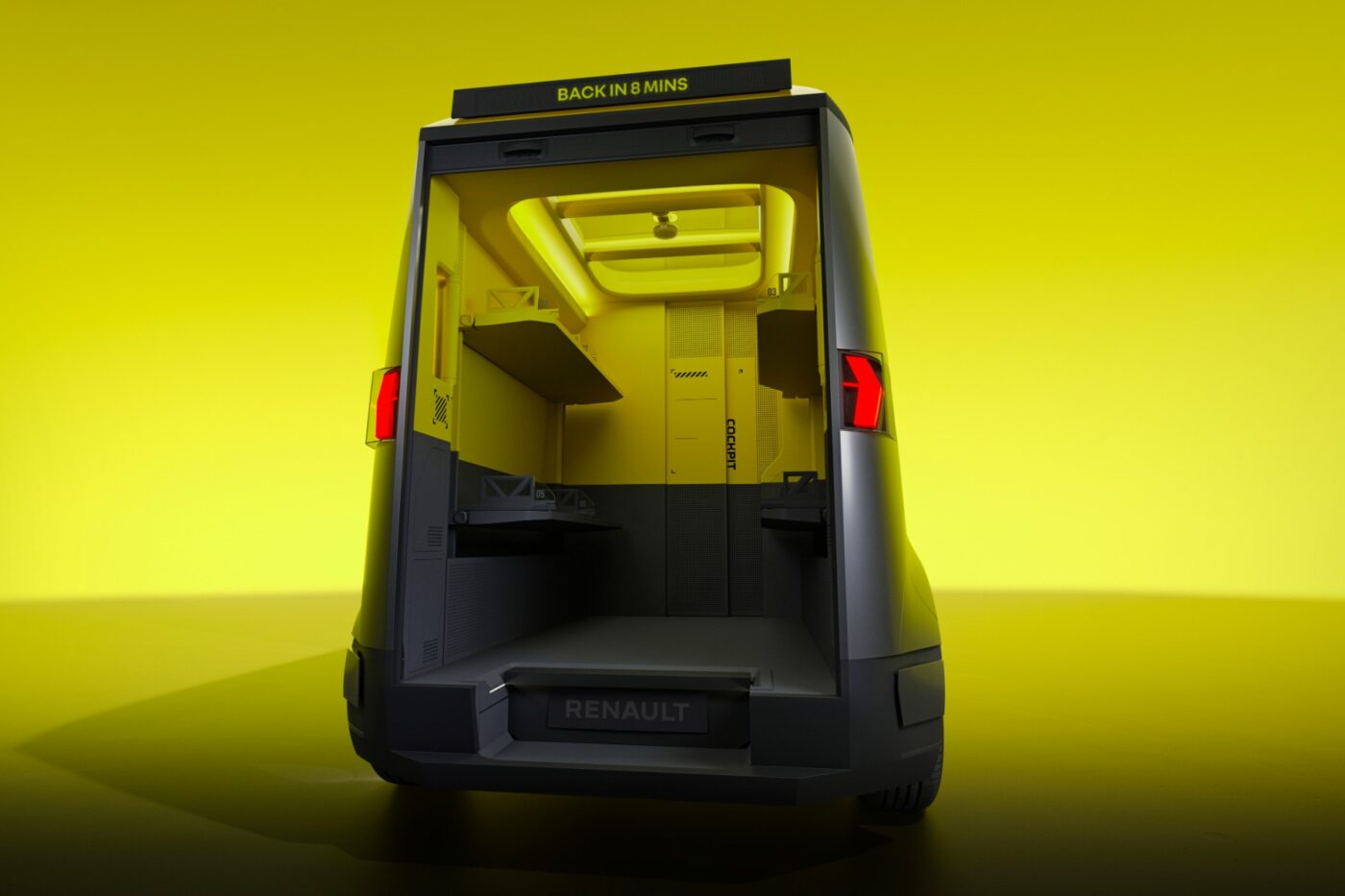
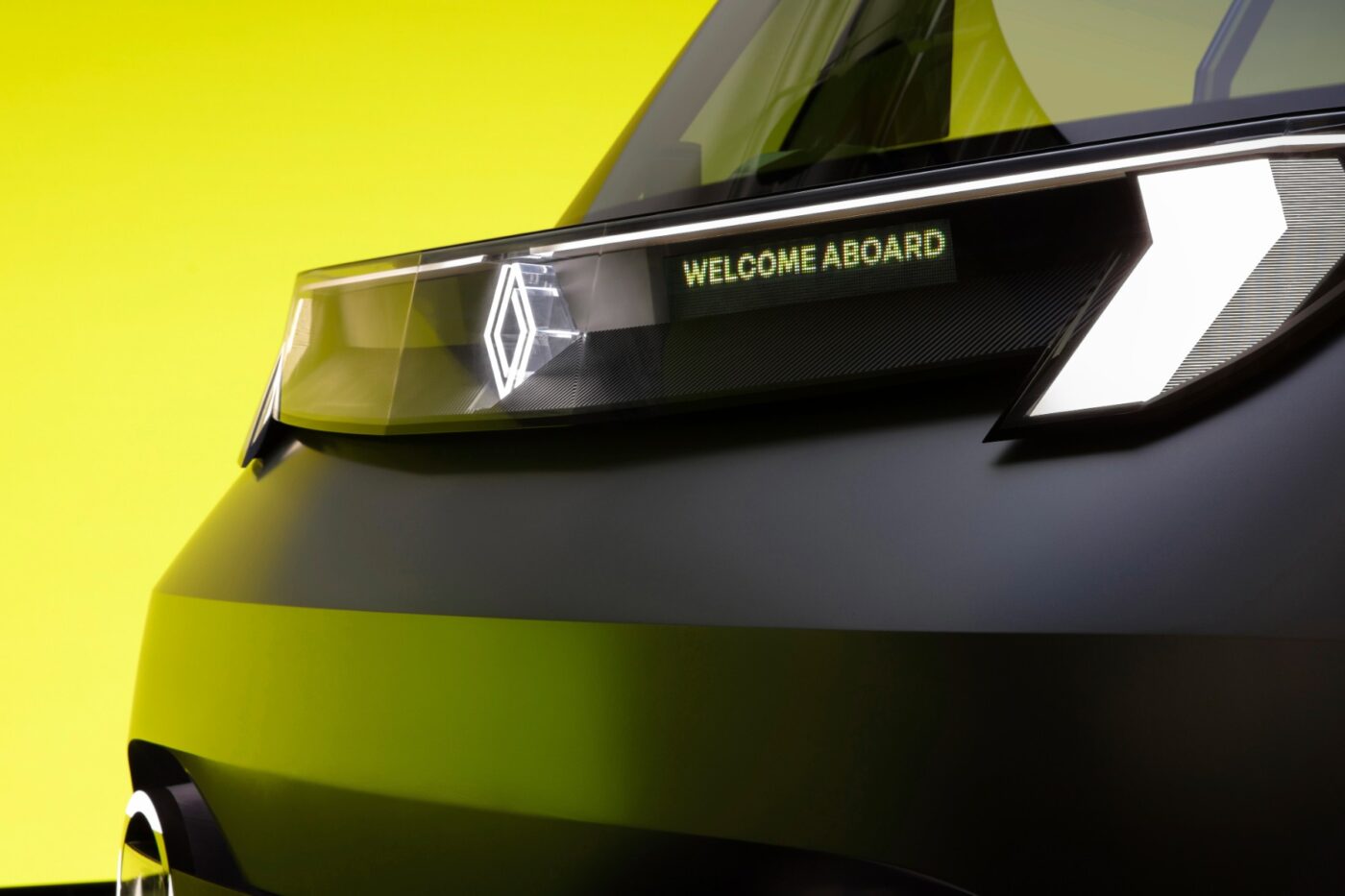
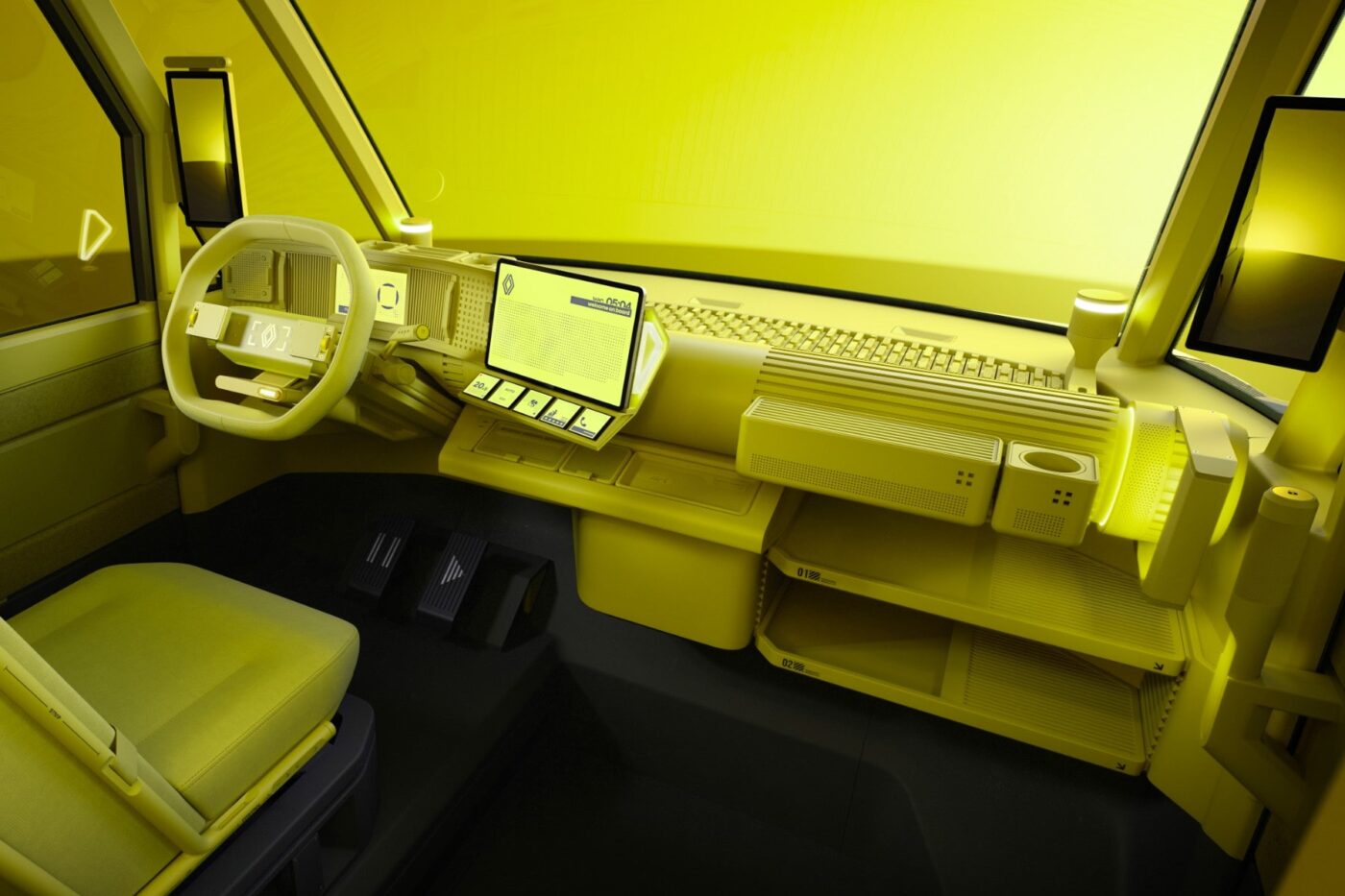
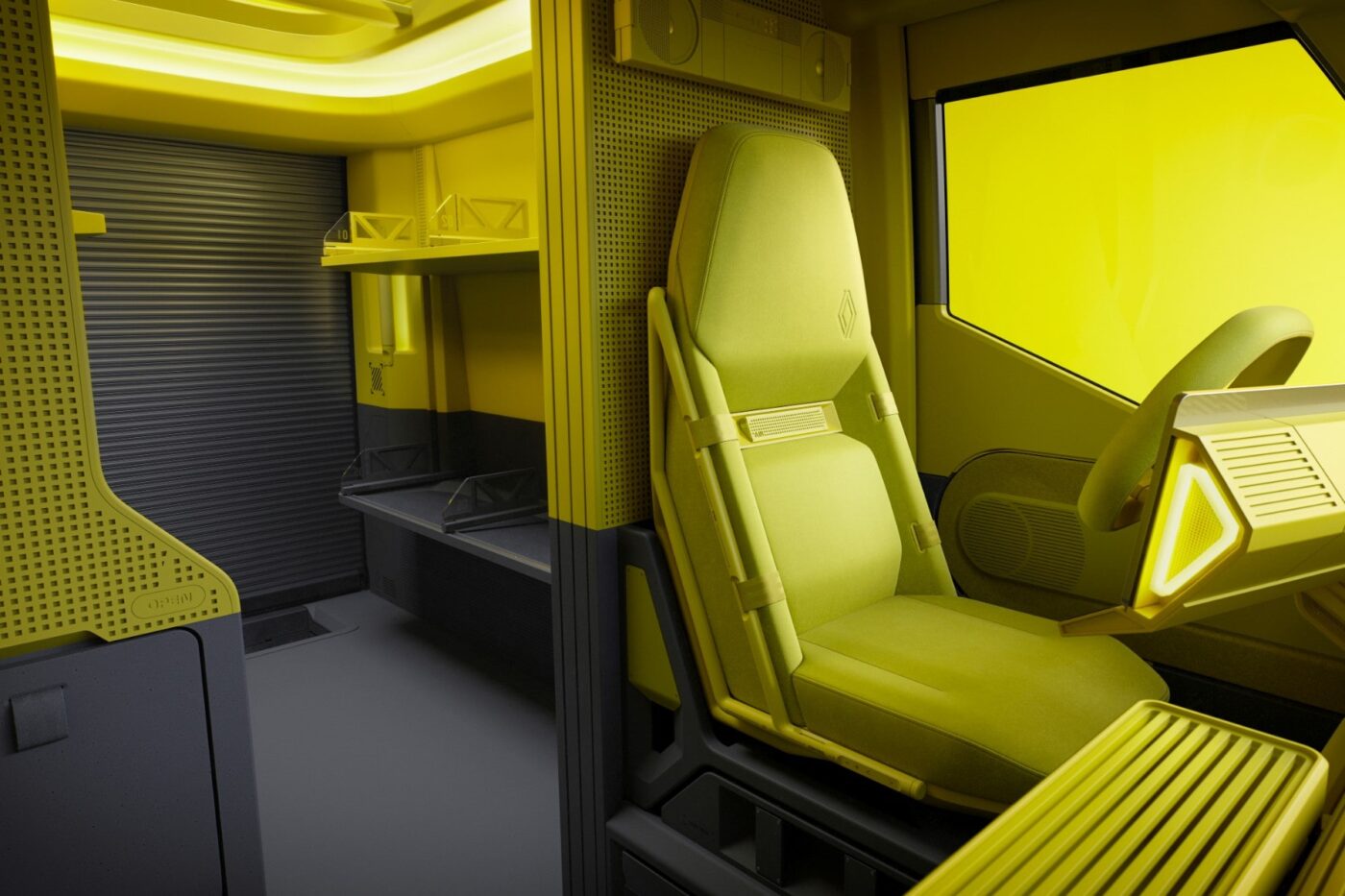
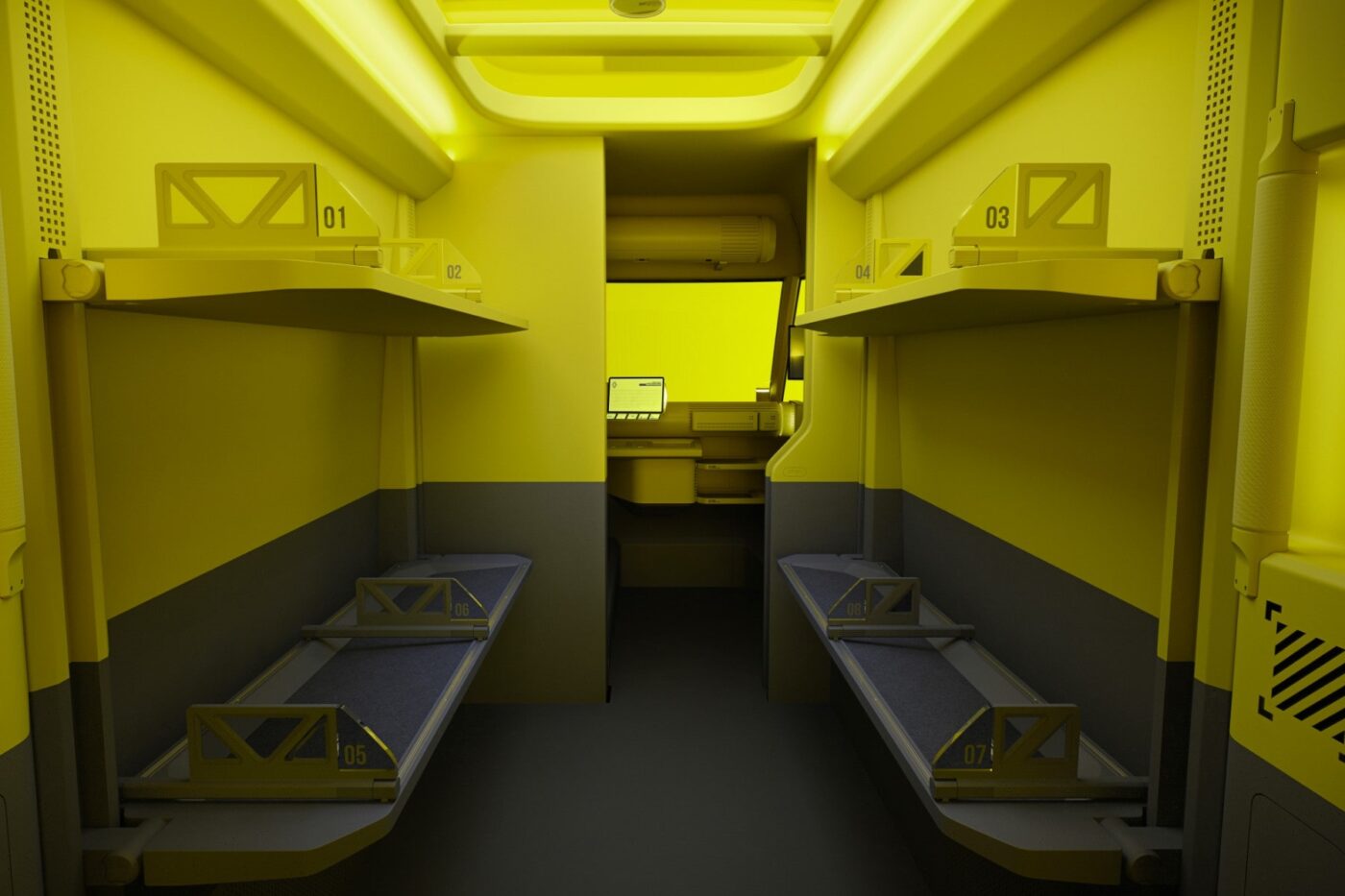
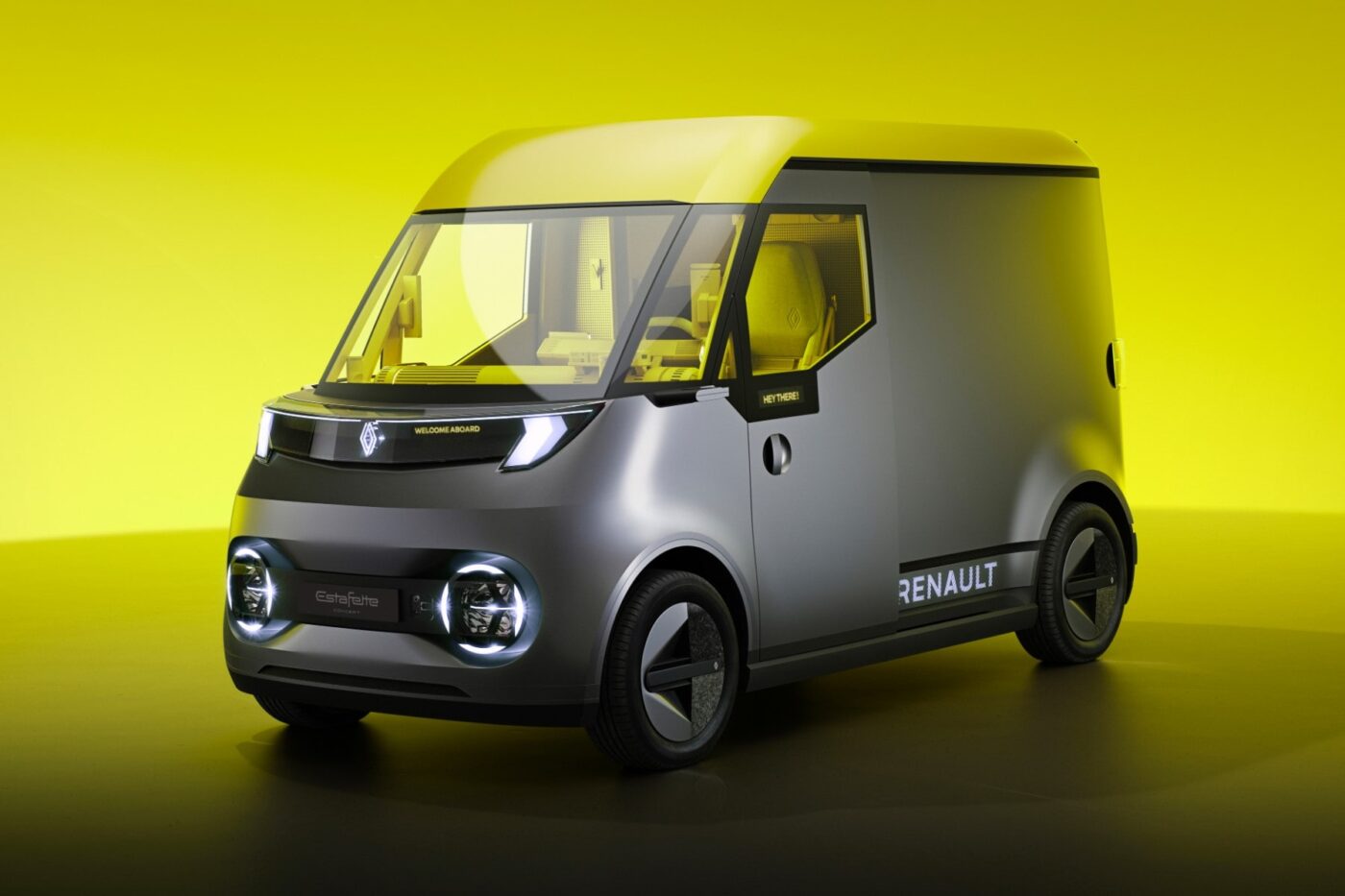

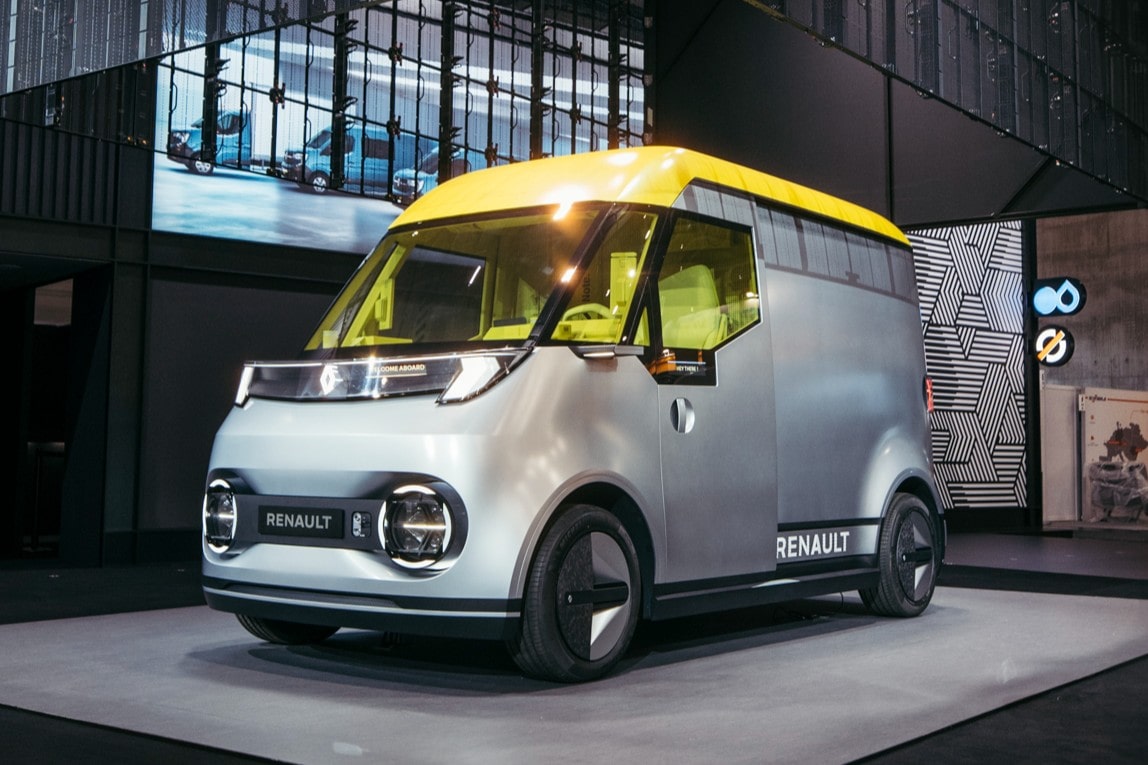
The first Flexis electric vans are expected to roll off the production line at Renault’s Sandouville plant in 2026.
“We are very excited about helping to bring to life the vision that Renault Group and its partners Volvo Group and CMA CGM Group have come up with to revolutionise urban logistics, to make operations more sustainable, safer, city-friendlier, driver-friendlier and neighbour-friendlier,” says Philippe Divry, CEO, Flexis SAS. “Estafette Concept is the first example of what electric utility vehicles will look like tomorrow: purpose-engineered to drive in cities, compact, connected and built for fully sustainable delivery services.”
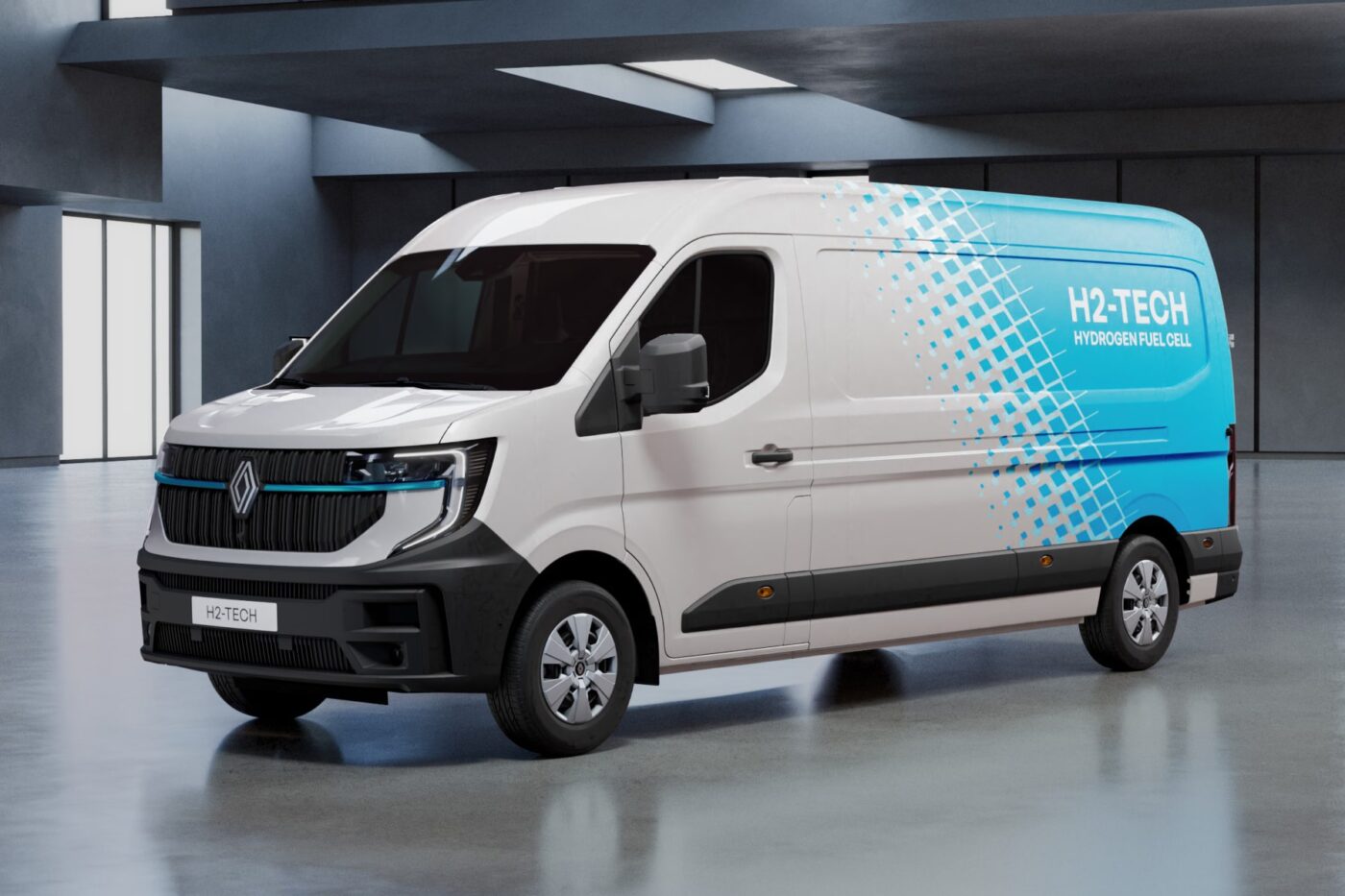
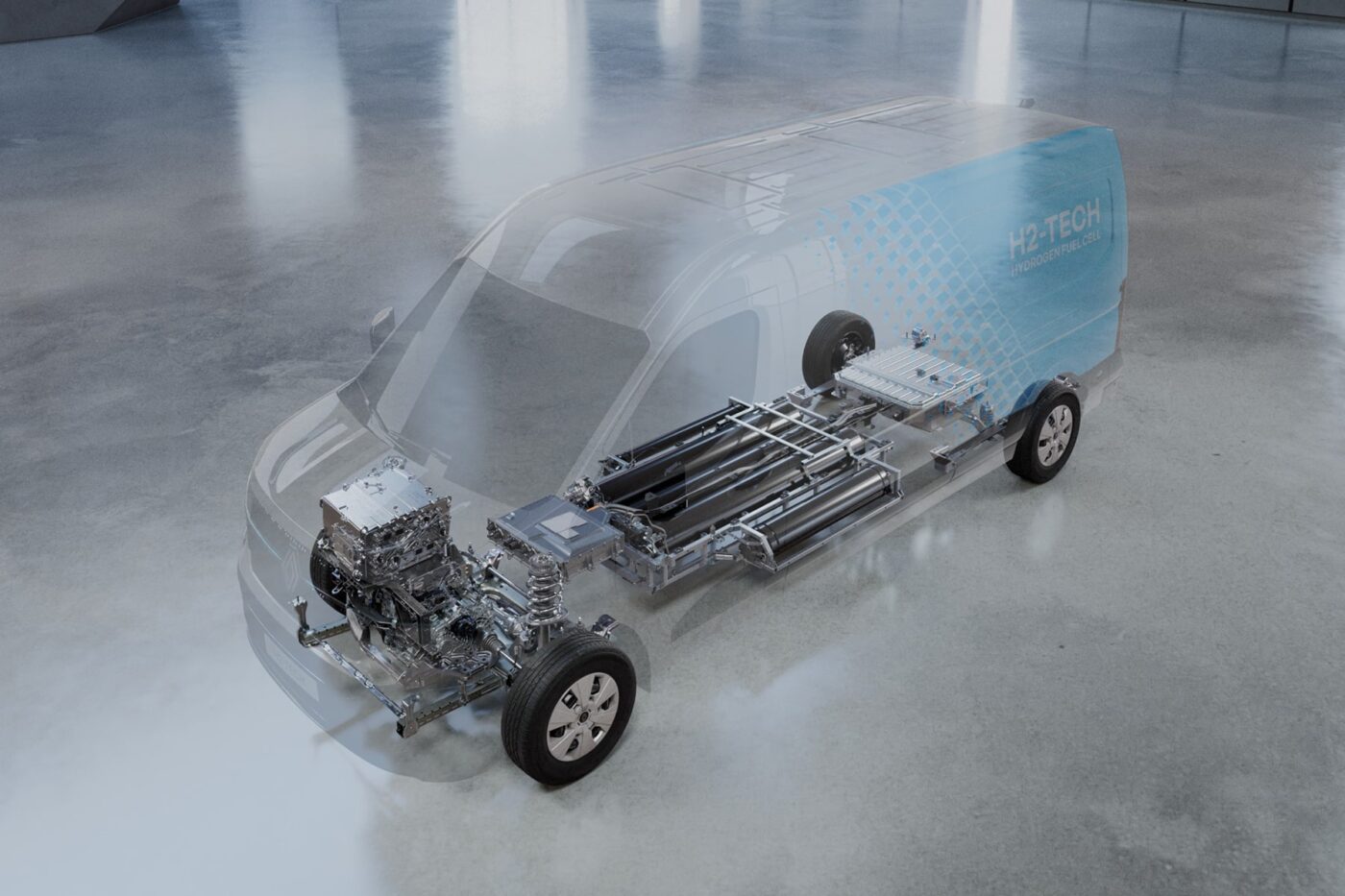
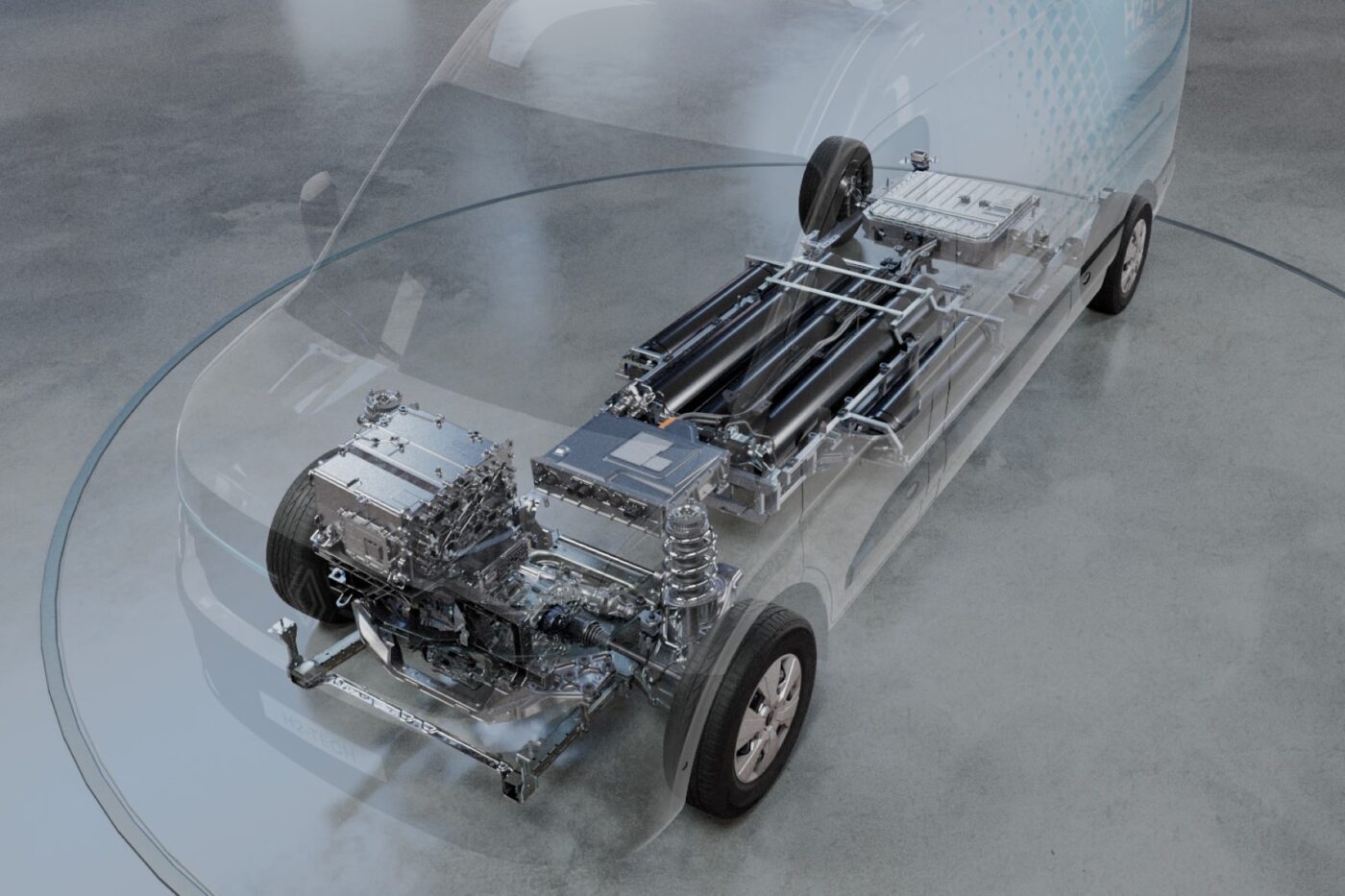
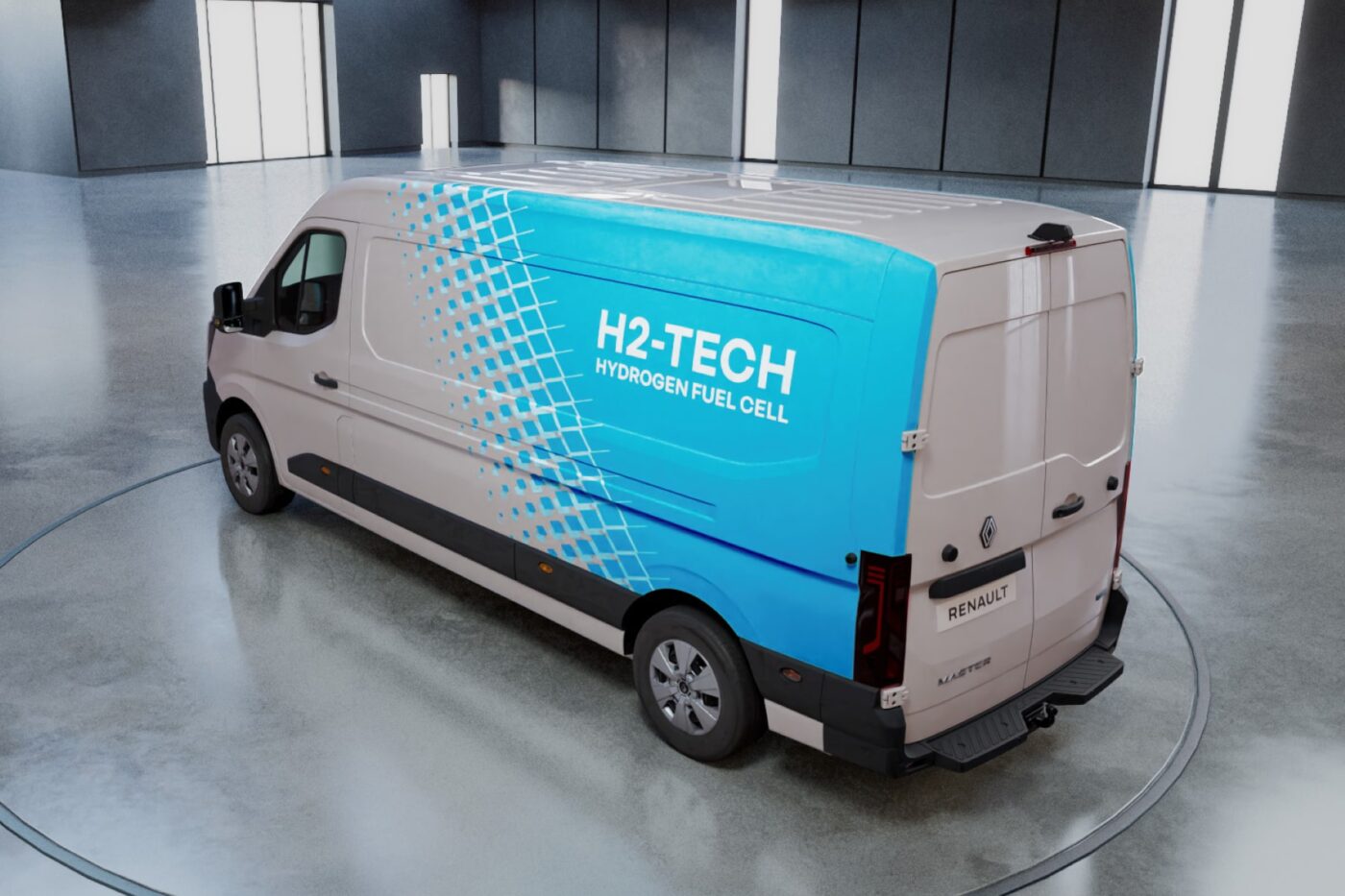
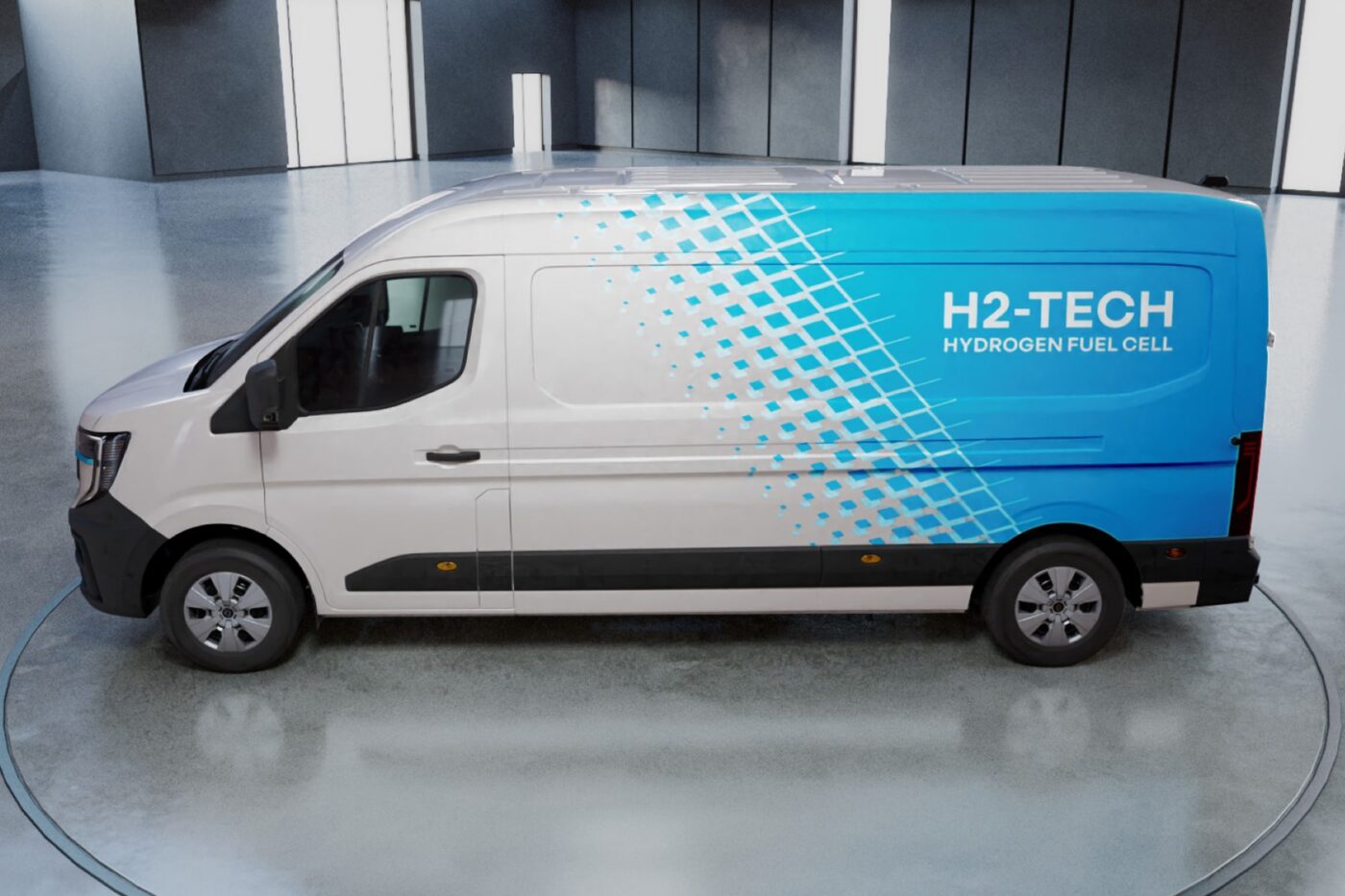
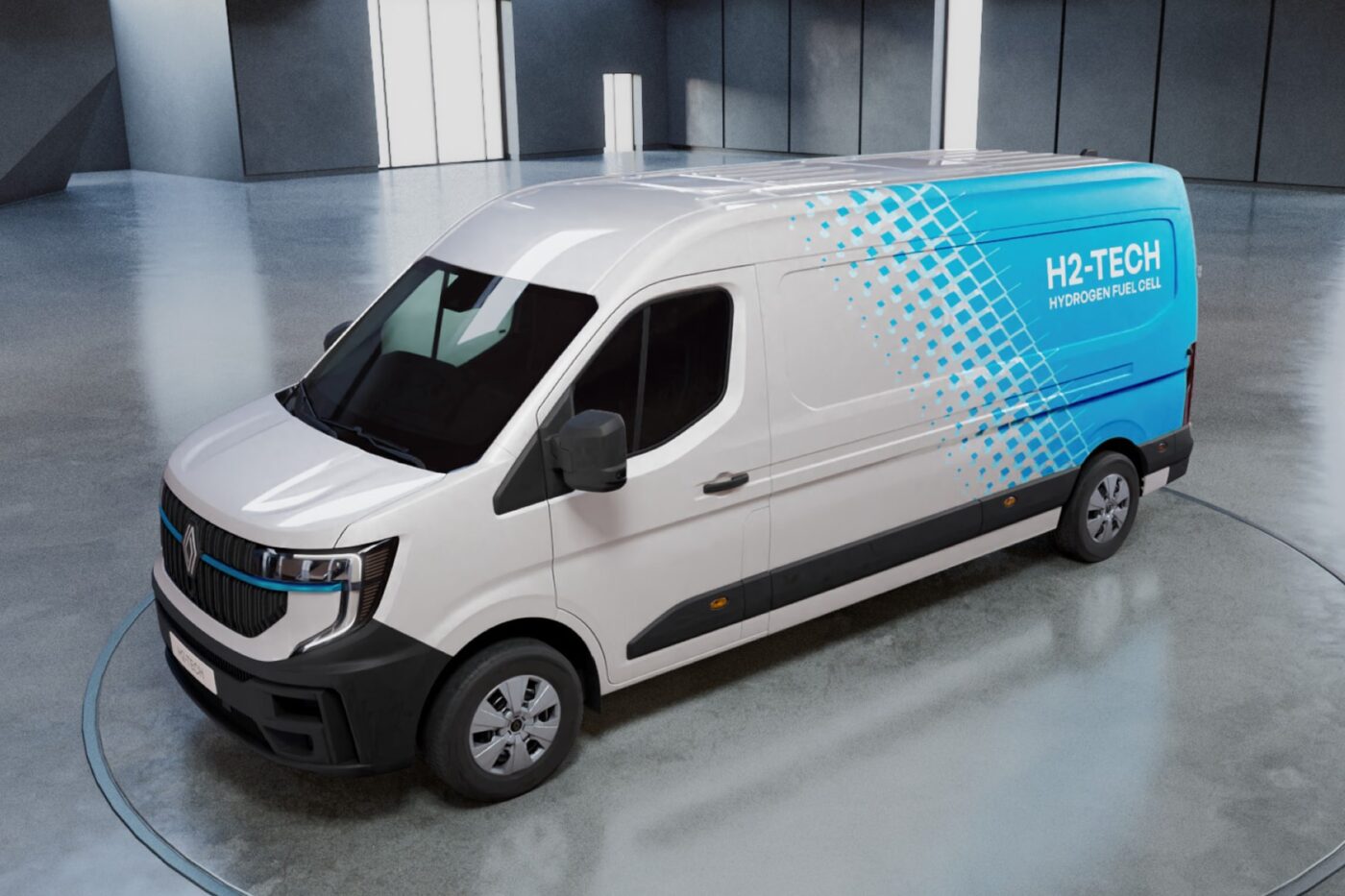
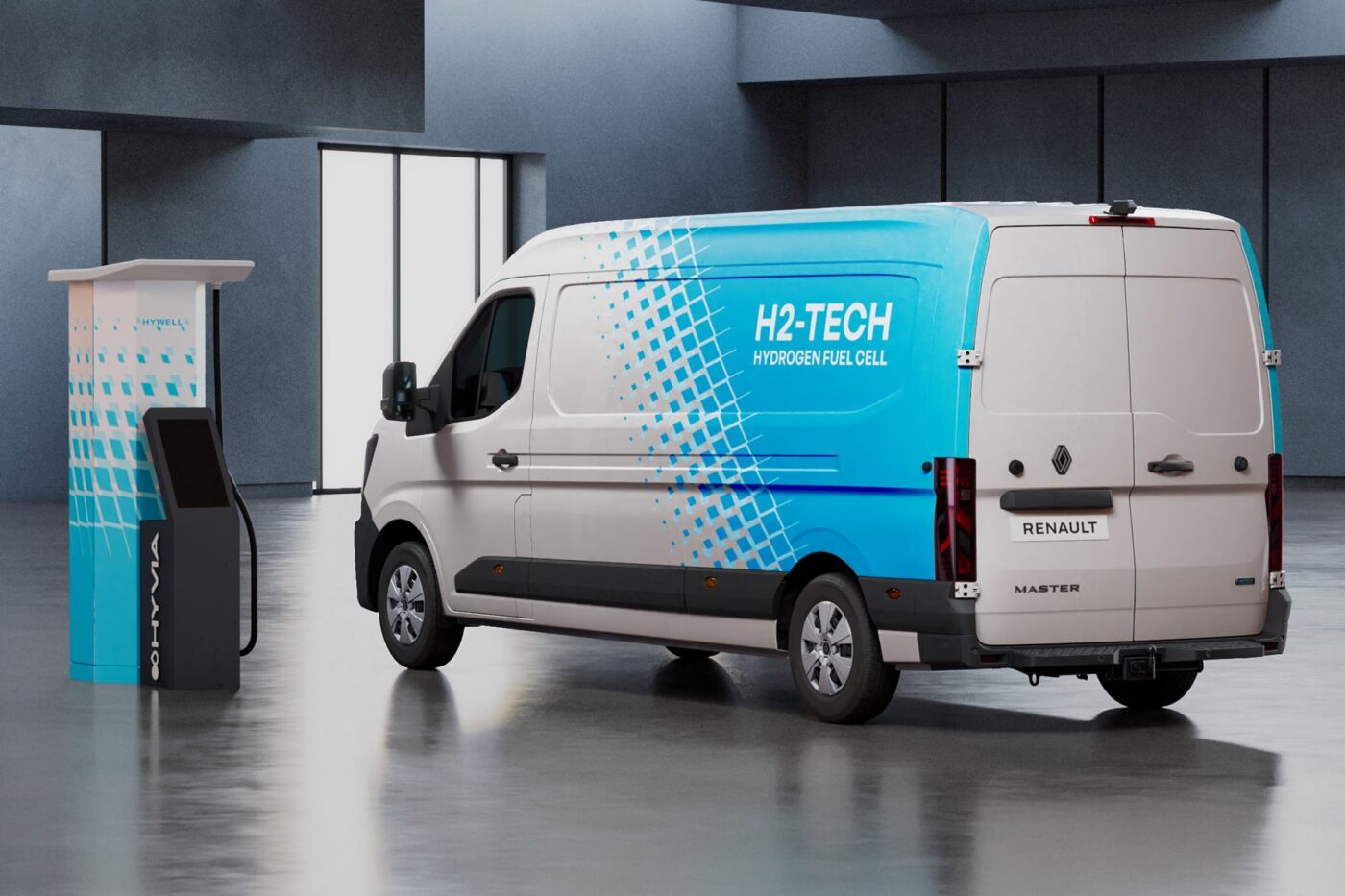
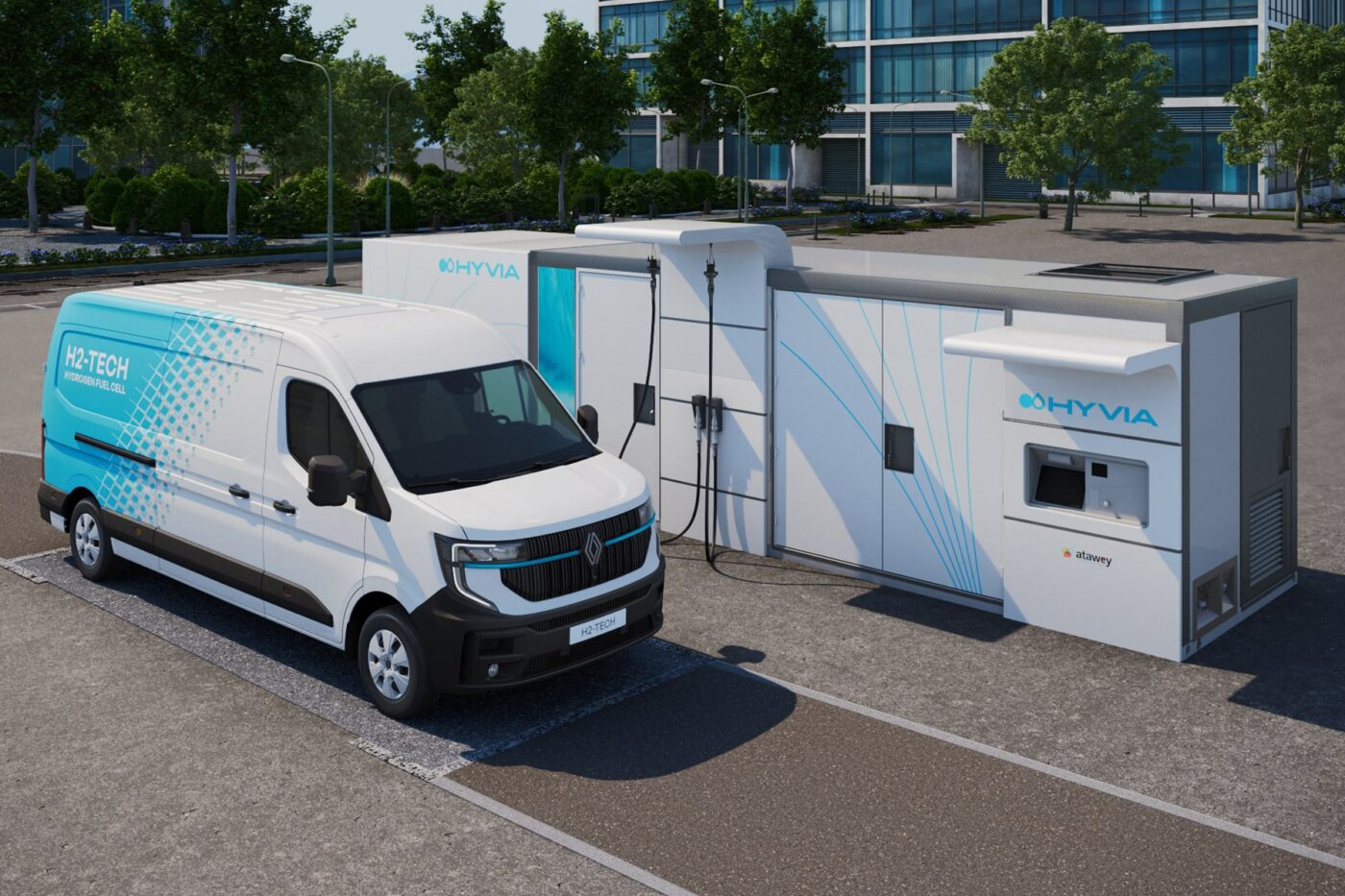
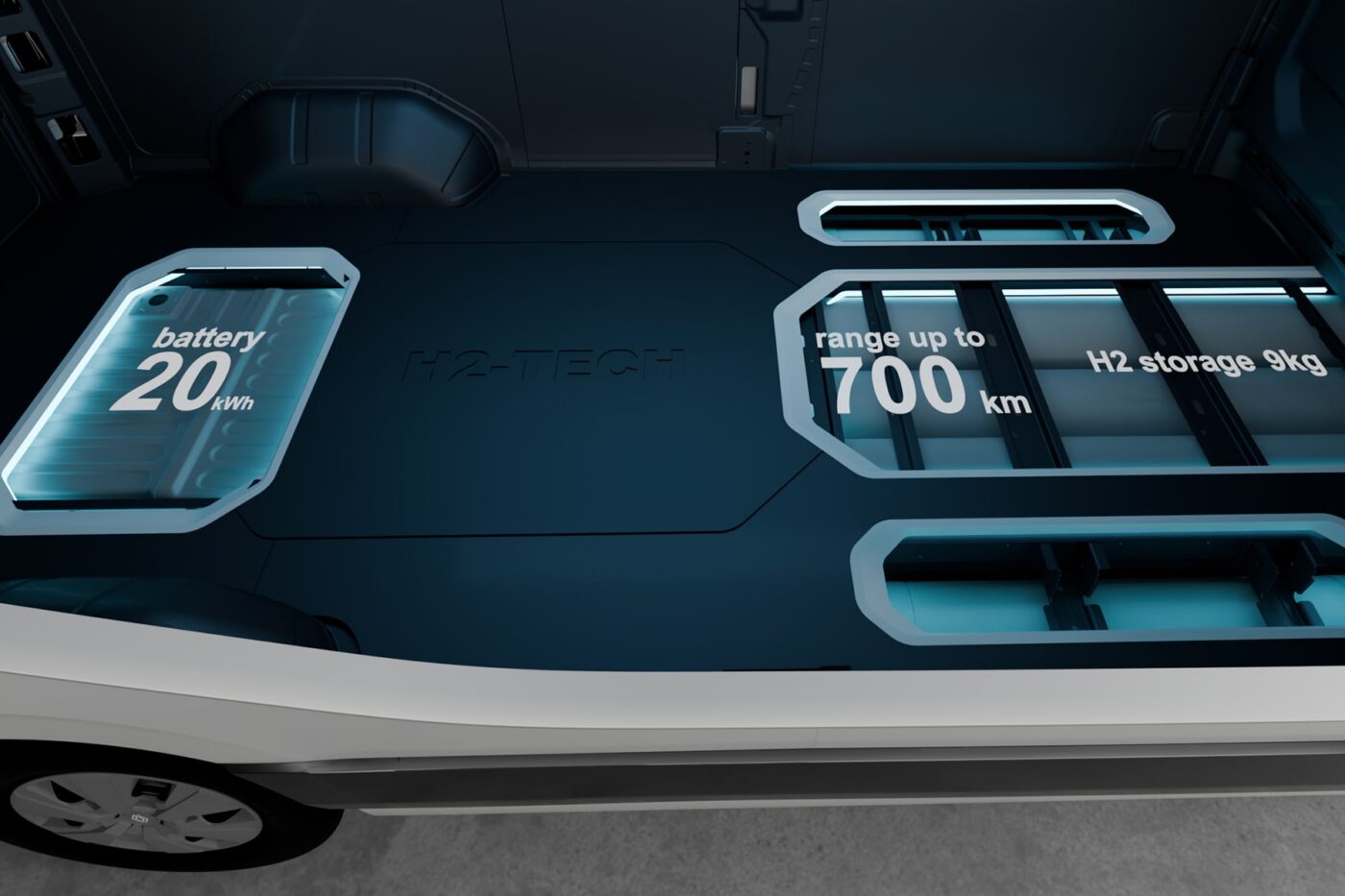
Renault also presented the new Master with hydrogen drive as a world premiere at the trade fair in Hanover. The prototype was developed by Hyvia based on the new Master. It, too, is a joint venture between the Renault Group and fuel cell specialist Plug Power. The new generation of hydrogen-powered vans will be manufactured completely in the regular production process at the Batilly plant with the other drive types from 2025. According to Hyvia, this will increase the number of units. Hyvia will build the fuel cell system in Flins.
Renault has not yet provided any technical data on the H2-Master. The only thing mentioned is a WLTP range of 700 kilometres in all weather conditions and a refuelling time of five minutes. In addition, the entire hydrogen architecture is said to have been fully integrated into the vehicle platform during the design phase, which, according to the manufacturer, means that both cargo space and payload are retained.
renault.com (Estafette Concept), renault.de (technical details Estafette Concept; in German), renaultgroup.com (Master H2-Tech)


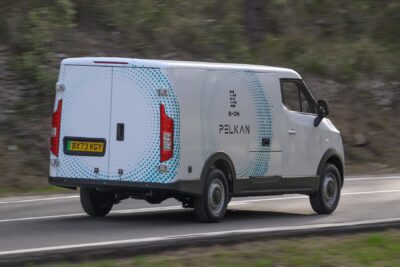
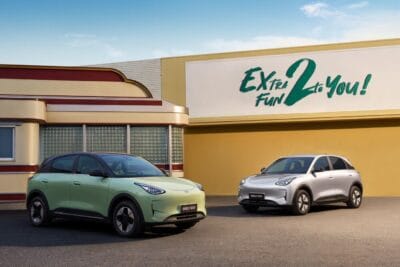
0 Comments